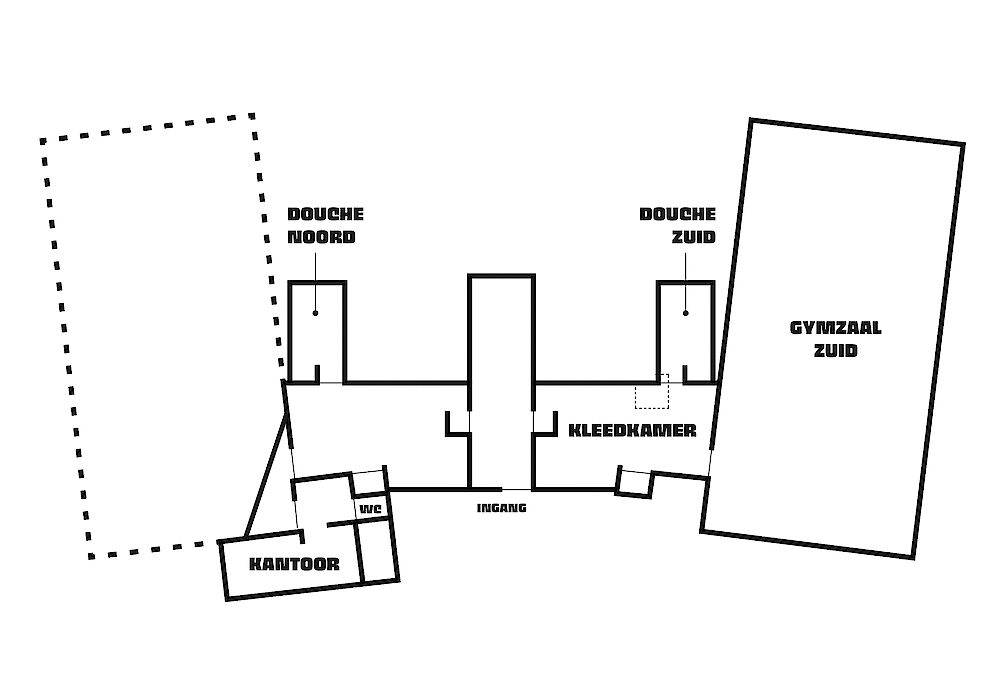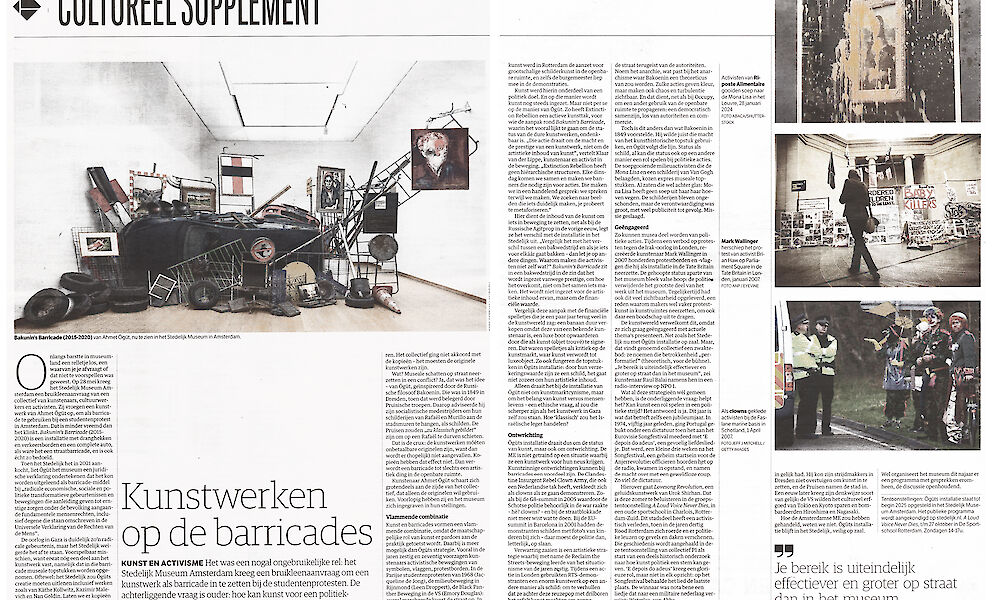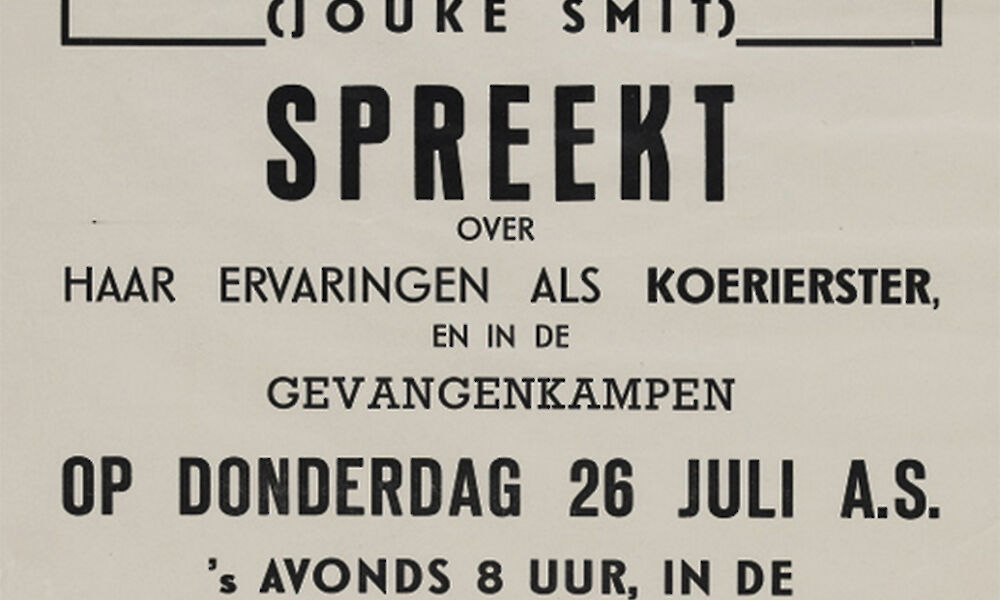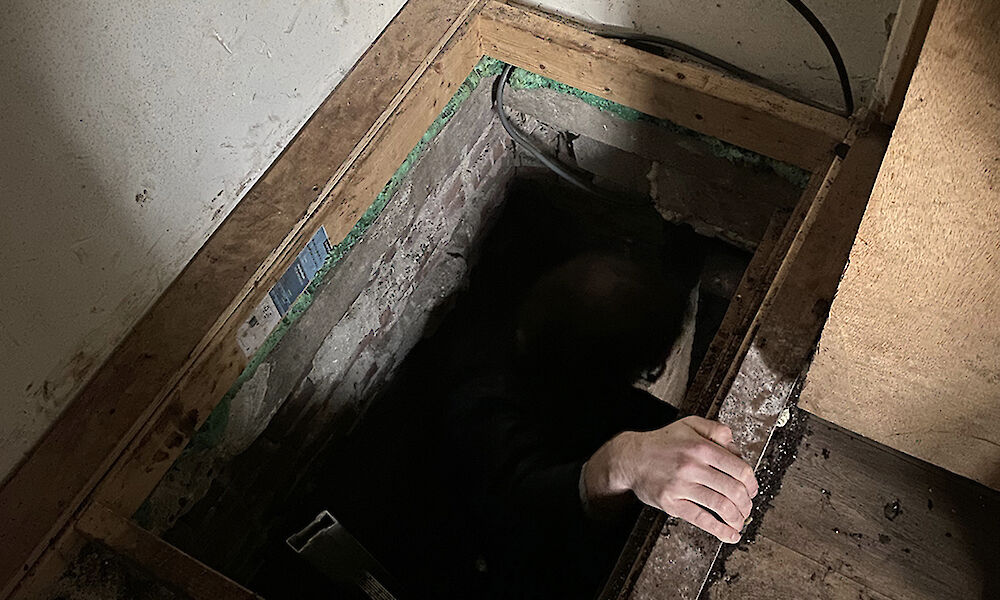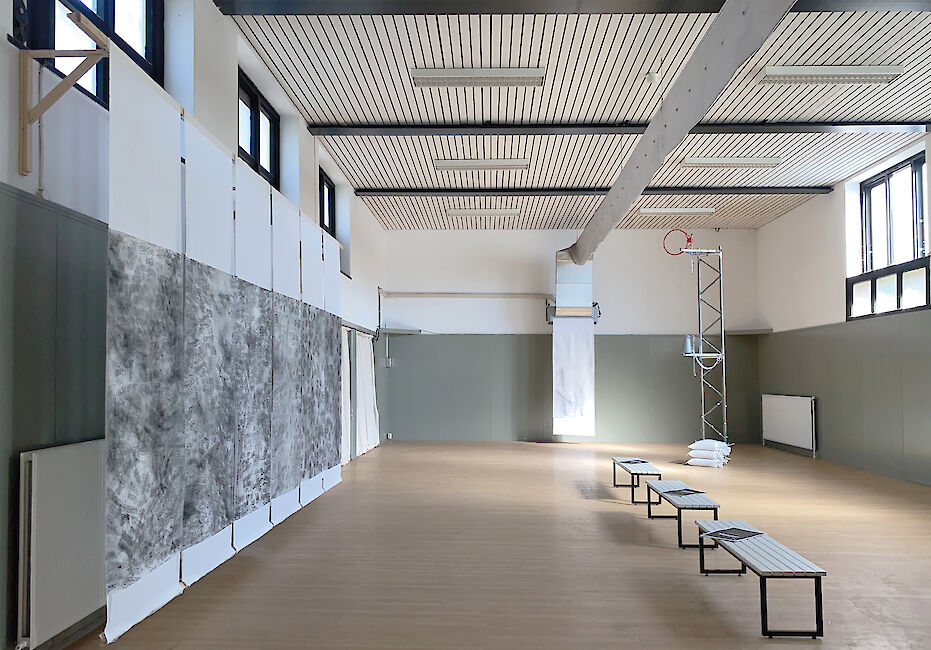
GYMZAAL ZUID
Urok Shirhan
Lovesong Revolution (2020)
Musical Essay, 46 minutes
Research, writing, voiceovers and sound editing by Urok Shirhan.
Can a sound start a revolution? The Portuguese Carnation Revolution of 1974 is known to have been triggered by a love song aired on the radio. Eighteen days prior, E Depois do Adeus was performed by Paulo de Carvalho as Portugal’s submission for the Eurovision Song Contest.
Departing from this love song, this sonic essay traverses other, more recent instances of public speech, bodies in the street, political songs and sounds. While some of the sounds are explicitly political, expressing solidarity or speaking directly of struggle, other sounds are political only implicitly or “accidentally”, politicized through their adaptation in contexts such as protests and uprisings.
This piece thinks about the amplification of sound through embodiment, all while keeping in mind the following: Where can dissonance and dissidence be located within our own lives? Is there place in the public sphere for those unamplified voices inside our heads: the soft voices that speak of fear, doubt, powerlessness and precarity? Can the revolution include our heartbreak and exhaustion, as well as our courage and defiance?
Can a love song start a revolution?
Erik Tlaseca
Negative spaces (2022)
Graphite on paper
6 x 2 m
Individual panels of 1 x 2 m
This series of drawings depicts deteriorating urban landscapes, where abandoned spaces offer a raw history unlike monuments. These hidden places tell the stories of overlooked communities, the displaced, and the invisible. Their surfaces hold intangible memories that escape modernization and exist in a displaced time zone. To capture this essence, debris from the Van Dalen company’s wastelands in Arnhem was collected and used to create graphite rubbings directly on paper, merging methodologies of drawing and archaeology.
Linus Bonduelle
Potentials (2024)
Metal, sandbags, magnets, plastic, spraypaint
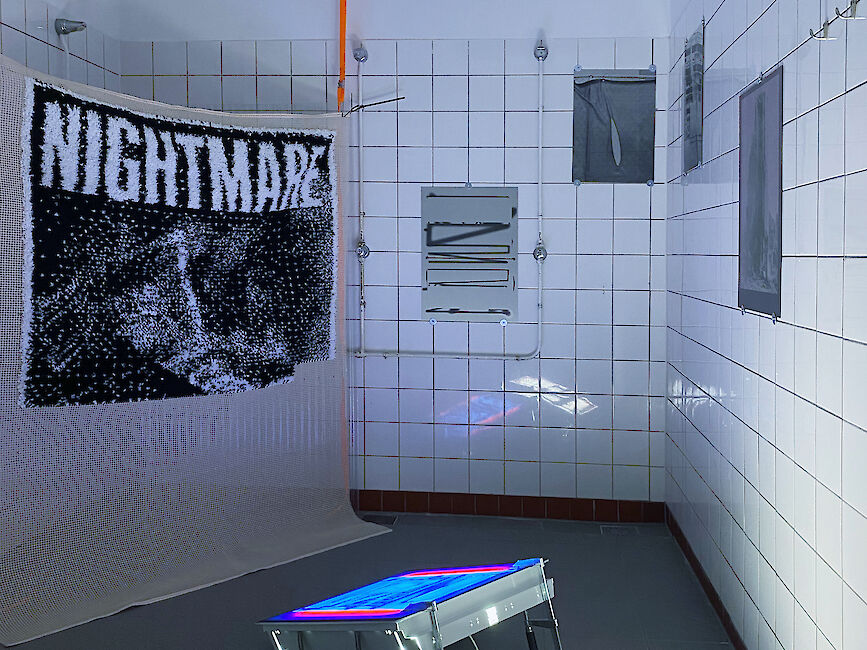
DOUCHE NOORD
Matt Plezier
Whatever You Do … Don’t Fall Asleep (2024)
Mixed media installation
An installation comprised of his urban photography printed on sheet material, abstract office lightbox elements placed around an unfinished hand knotted ‘Nightmare’ carpet in a sterile tiled space of a former shower room. These can be read as studies into gestures of refusal and finding a way of decoding readily available materials that are commonly used for advertising signs. Mirroring the everyday, reflecting and creating otherness through the use and hi-jacking of familiar materials and common printing techniques.
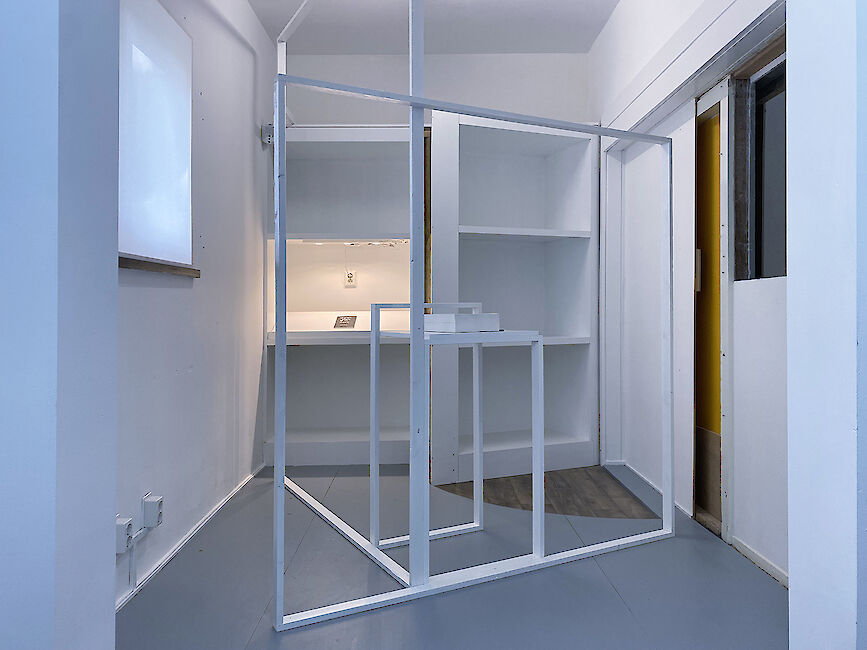
KANTOOR
Johan in Hout & Matt Plezier
BLOK (2024)
Mixed media spatial installation
BLOK is a site-specific installation and spatial intervention by Johan in Hout and Matt Plezier. Inspired by the story of H.W. Blok (1910-1995), a bookseller, publisher and resistance fighter from Charlois, Rotterdam. He survived Dachau by putting his dream of his new bookshop on a checkered paper with blue pencil. With this installation, Johan in Hout and Matt Plezier not only put the book at its center, ‘I don’t trade in books, but in kilos of knowledge’ said H.W. Blok, but also imagination as an essential part of life and even survival. This in times where the book and art are increasingly under threat.
Clause Sluter
Clara (2024)
11’20”
Recordings from 1982
A selection of sound clips in which Clara, a nom de guerre (*1917, Zuidhoek, Oud-Charlois) talks about the books she read in the 1930s on Nazi Germany, including: Hitler’s Mein Kampf (1925), Die Moorsoldaten by Wolfgang Langhoff (1935) and Zehn Millionen Kinder by Erika Mann. Clara: “Still, it was theory to some extent, until practice forced itself on me in a crazy way.”
Her aunt, the captain of a barge on the Rhine, tells her in 1937 about pogroms she witnessed in the Ruhr region. This specific moment in public space (tram 2), combined with the books she reads, prepare her for the years to come.
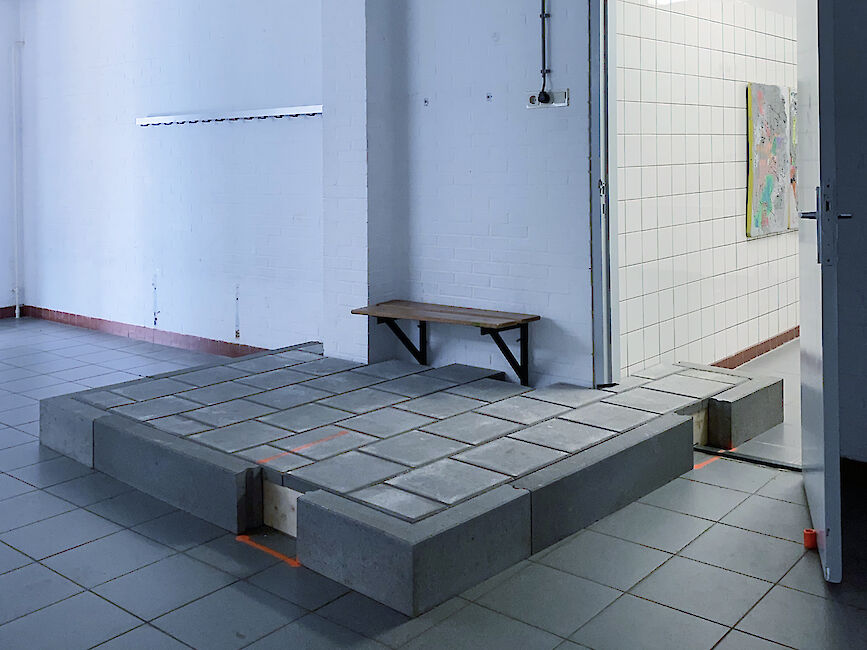
DOUCHE ZUID
Niels Matitawaer and Martinus Papilaja
Timeless Tiles (2024)
Concrete paving stone, curbs and timber frame
230 x 230 x 20 cm
A 1:1 materialized projection of one of the six original tiled courtyards from 1928 in the current wet spaces reveals, among other things, the architectural framework as it has changed over time.
Ioanna Mitza and Niels Matitawaer
Thick Skin (2024)
Silk-screen print on reflective sheet.
180x100cm
Past, present, and future realities are woven into a hand-drawn collage in this silk-screen print. Depictions and fragments from Piranesi’s series of prints on ruins and construction materials, men and women deciding on urban planning, and contemporary construction workers and sites from Mitza’s video documentations come together in this drawing by Niels Matitawaer. Unlike the high-visibility vests, the reflective material takes center stage, reversing the dynamics with the fluorescent orange.
